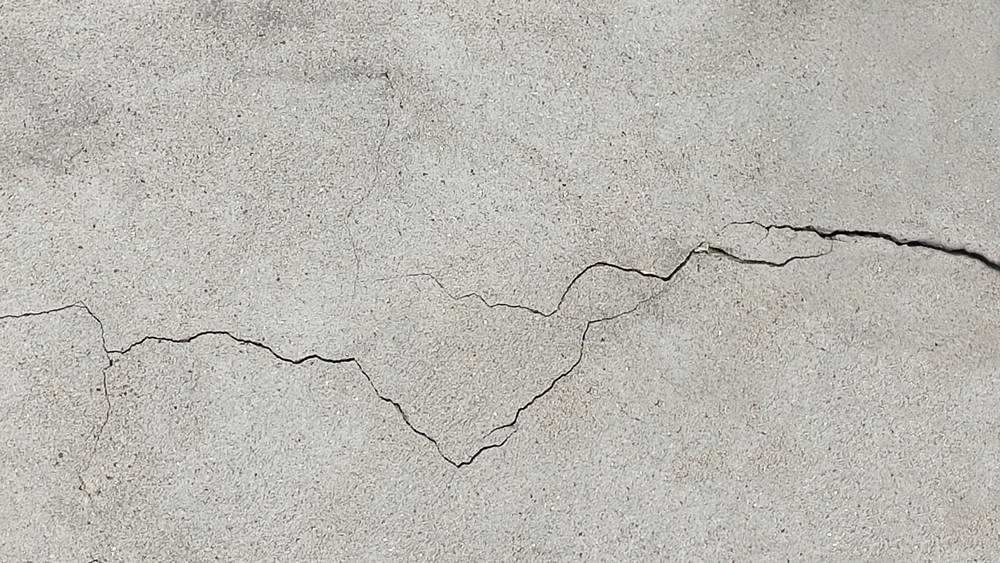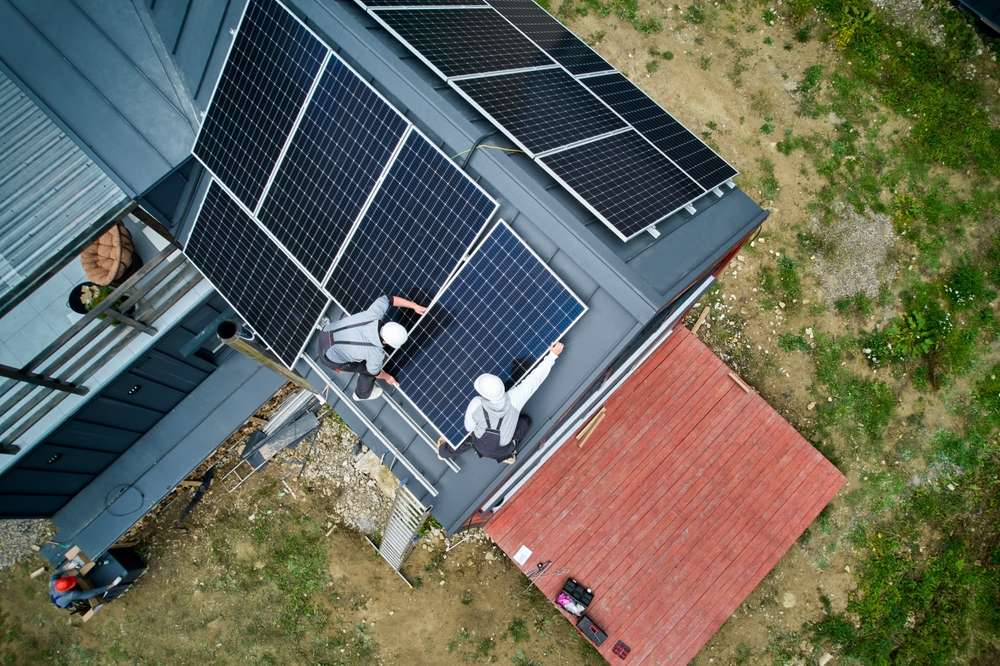Cracks in concrete foundations can be a homeowner's nightmare, as they may signal serious structural issues lurking beneath the surface. These cracks can result from natural settling, fluctuating moisture levels, or even poor construction practices. Addressing these cracks promptly is crucial to ensuring the safety and stability of your home. Therefore, understanding how to identify and fix these cracks is essential for maintaining the integrity of your property.

Understanding Foundation Cracks
Foundation cracks can vary greatly in size and severity, each indicating different underlying issues. Recognizing these differences can guide you toward the right repair approach. Generally, foundation cracks fall into a few categories:
- Vertical Cracks: Often caused by normal settling and are considered less severe.
- Diagonal Cracks: Usually a result of differential settling, likely linked to soil erosion or inconsistent moisture levels.
- Horizontal Cracks: Typically signal more serious issues like hydrostatic pressure pushing against the foundation walls.
- Stair-step Cracks: Commonly found in brick or block foundations and may indicate uneven settling of the structure.
Each type of crack requires a unique approach to repair, as detailed by Airlift Concrete Experts.
Assessing the Severity of Cracks
Not all foundation cracks are created equal. To determine the severity of a crack, inspect the width, length, and direction. Generally, cracks less than 1/8-inch wide are considered minor, while those wider or extending deeply might need professional evaluation. Expand your knowledge by exploring when to DIY and when to seek professional help on Bob Vila's guide.
When to Fix Foundation Cracks
The urgency of fixing foundation cracks cannot be overstated. Even seemingly minor cracks can extend and worsen over time, potentially leading to severe structural damage and costly repairs. For more insight, you can learn about the urgency of addressing foundation issues on DIY Stack Exchange. It is crucial to monitor crack progression and address issues promptly to prevent further damage.
DIY Foundation Repair Methods
Many minor foundation cracks can be managed with DIY methods. Here are some of the most common approaches:
- Epoxy Injection: An effective method for repairing small to medium cracks. Kits are available for easy home use. Learn more about the costs and methods on RENCO's guide.
- Polyurethane Foam Injection: Useful for active leaks, as the foam expands to fill the crack and seal out moisture.
- Concrete Patching: A straightforward approach for sealing surface cracks, although not suitable for structural repair.
These methods are effective for non-critical cracks but should be approached with caution. For a comprehensive guide on fixing concrete cracks, visit This Old House.
When to Call in Professionals
While DIY methods can handle minor foundation issues, professional intervention is necessary for severe cracks or those signaling structural problems. Indicators that a professional's expertise is warranted include:
- Horizontal or Stair-step Cracks: Potentially caused by significant structural movement or pressure.
- Cracks Wider than 1/4-Inch: These may indicate serious structural concerns needing expert evaluation.
- Water Leakage: Persistent water infiltration suggests deeper problems and requires comprehensive solutions.
Professional services can provide advanced solutions, including underpinning and hydraulic lifting, ensuring long-term stability and security for your home.
Conclusion
Cracks in concrete foundations should never be ignored, as they might indicate underlying structural issues. Whether you opt for a DIY repair or call in the professionals, addressing foundation cracks is critical to maintaining your home's structural integrity. By understanding the types and severities of foundation cracks, you can make informed decisions and take the right actions to protect your property.
By leveraging expert guides from trusted resources like Airlift Concrete Experts, This Old House, and Bob Vila, you can gain deeper insights into effectively managing these potential threats to your home's safety and longevity.


